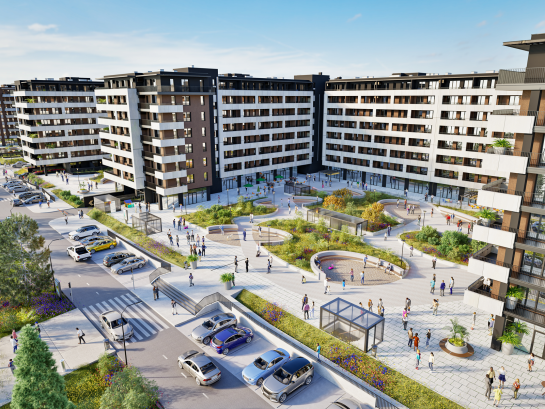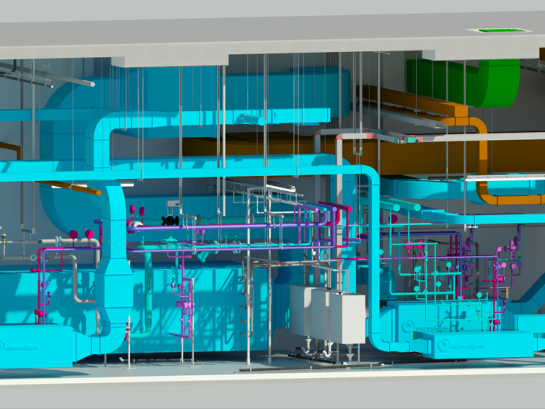Ground source heat pumps (GSHPs) are a sustainable and efficient heating solution, leveraging the Earth’s stable subsurface temperatures for heating and cooling. However, their effectiveness depends on the specific project requirements and site conditions. This post explores the advantages, challenges, and ideal scenarios for using GSHPs.
Advantages of GSHPs
-
High Efficiency and Consistency – The Earth’s stable temperatures enable GSHPs to deliver consistent performance year-round, regardless of weather.
-
Simultaneous Heating and Cooling – They efficiently provide heating and cooling with heat recovery, ideal for buildings with concurrent demands.
-
Durability – With underground pipe loops and minimal moving parts, GSHPs can last over 20 years, with ground loops enduring up to 100 years.
-
Space and Noise Benefits – GSHPs require no external plant space, preserving outdoor areas and avoiding unsightly enclosures. They also operate silently, making them suitable for noise-sensitive environments.
Challenges of GSHPs
-
High Installation Costs – Drilling boreholes or installing ground loops involves significant initial expenses.
-
Ground Suitability – Effectiveness depends on geological conditions; rocky or dense soils can limit performance.
-
Heat Balancing – Excessive heat extraction without replenishment can reduce efficiency over time, especially in projects with primarily heating demands. Air source heat pumps might perform better in such cases.
-
Specialist Maintenance – While routine care is straightforward, monitoring ground loop temperatures and antifreeze levels requires expertise.
Best Applications for GSHPs
-
Projects with balanced heating and cooling loads for optimal efficiency.
-
Sites with ample outdoor space for drilling, such as gardens or car parks.
-
Locations where noise restrictions or external space preservation is a priority.
Conclusion
Ground source heat pumps provide a sustainable solution for projects prioritizing low noise and consistent performance. While installation costs and site-specific constraints exist, their long-term benefits often outweigh these challenges. Selecting GSHPs requires careful consideration of project needs, financial factors, and site conditions. By aligning solutions with project goals, we can contribute to a greener, more efficient future.




